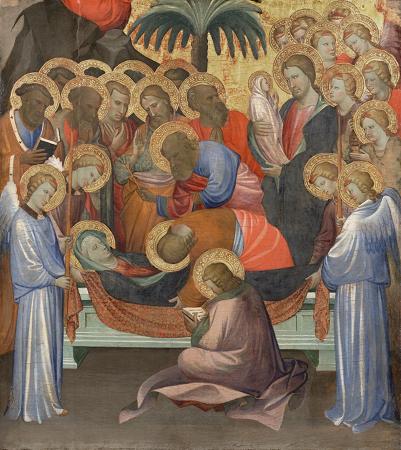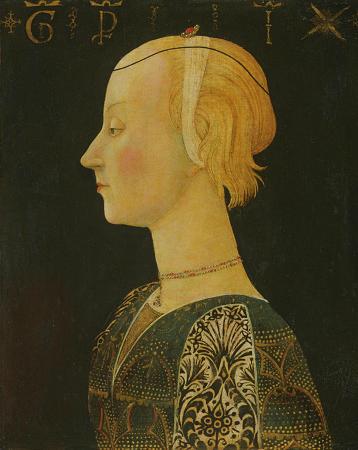Philadelphia Museum of Art. The Philadelphia Museum of Art is an art museum originally chartered in 1876 for the Centennial Exposition in Philadelphia. The main museum building was completed in 1928 on Fairmount, a hill located at the northwest end of the Benjamin Franklin Parkway at Eakins Oval. The museum administers collections containing over 240,000 objects including major holdings of European, American and Asian origin. The various classes of artwork include sculpture, paintings, prints, drawings, photographs, armor, and decorative arts. The Philadelphia Museum of Art administers several annexes including the Rodin Museum, also located on the Benjamin Franklin Parkway, and the Ruth and Raymond G. Perelman Building, which is located across the street just north of the main building. The Perelman Building, which opened in 2007, houses more than 150,000 prints, drawings and photographs, along with 30,000 costume and textile pieces, and over 1,000 modern and contemporary design objects including furniture, ceramics and glasswork. The museum also administers the historic colonial-era houses of Mount Pleasant and Cedar Grove, both located in Fairmount Park. The main museum building and its annexes are owned by the City of Philadelphia and administered by a registered nonprofit corporation. Several special exhibitions are held in the museum every year, including touring exhibitions arranged with other museums in the United States and abroad. The attendance figure for the museum was 793,000 in 2017, which ranks it among the top one hundred most-visited art museums in the world. The museum is also one of the largest art museums in the world based on gallery space. Philadelphia celebrated the 100th anniversary of the Declaration of Independence with the Centennial Exposition in 1876. Memorial Hall, which contained the art gallery, was intended to outlast the Exposition and house a permanent museum. Following the example of London's South Kensington Museum, the new museum was to focus on applied art and science, and provide a school to train craftsmen in drawing, painting, modeling, and designing. The Pennsylvania Museum and School of Industrial Art opened on May 10, 1877. The museum's collection began with objects from the Exposition and gifts from the public impressed with the Exposition's ideals of good design and craftsmanship. European and Japanese fine and decorative art objects and books for the museum's library were among the first donations. The location outside of Center City, however, was fairly distant from many of the city's inhabitants. Admission was charged until 1881, then was dropped until 1962. Starting in 1882, Clara Jessup Moore donated a remarkable collection of antique furniture, enamels, carved ivory, jewelry, metalwork, glass, ceramics, books, textiles and paintings. The Countess de Brazza's lace collection was acquired in 1894 forming the nucleus of the lace collection. In 1892 Anna H. Wilstach bequeathed a large painting collection, including many American paintings, and an endowment of half a million dollars for additional purchases. Works by James Abbott McNeill Whistler and George Inness were purchased within a few years and Henry Ossawa Tanner's The Annunciation was bought in 1899. In the early 1900s, the museum started an education program for the general public, as well as a membership program. Fiske Kimball was the museum director during the rapid growth of the mid-to late-1920s, which included one million visitors in 1928, the new building's first year. The museum enlarged its print collection in 1928 with about 5,000 Old Master prints and drawings from the gift of Charles M. Lea, including French, German, Italian, and Netherlandish engravings. Major exhibitions of the 1930s included works by Eakins, Manet, Renoir, Cezanne, van Gogh, and Degas. In the 1940s, the museum's major gifts and acquisitions included the collections of John D. McIlhenny, George Grey Barnard, and Alfred Stieglitz. Early modern art dominated the growth of the collections in the 1950s, with acquisitions of the Louise and Walter Arensberg and the A.E. Gallatin collections. The gift of Philadelphian Grace Kelly's wedding dress is perhaps the best known gift of the 1950s. Extensive renovation of the building lasted from the 1960s through 1976.
more...














